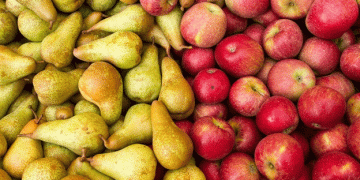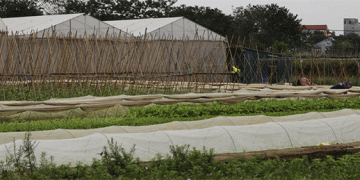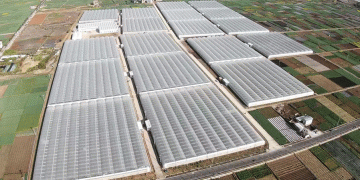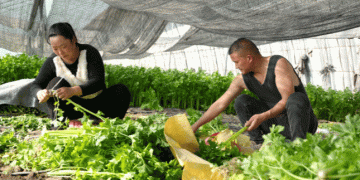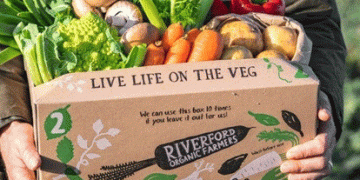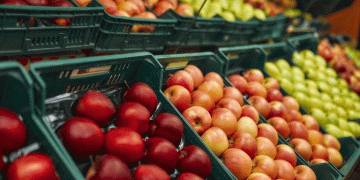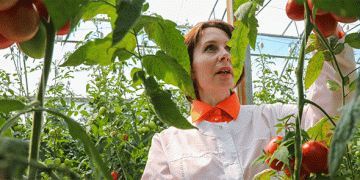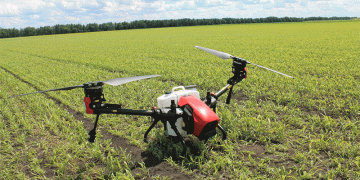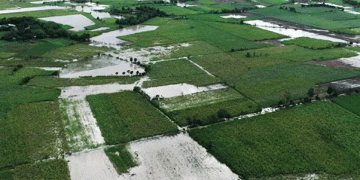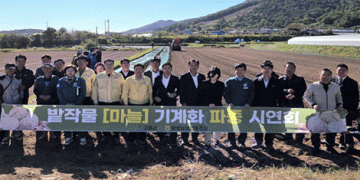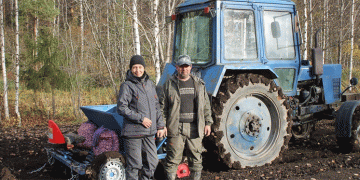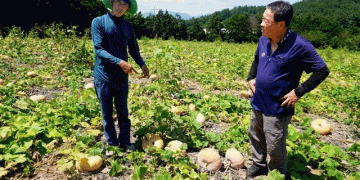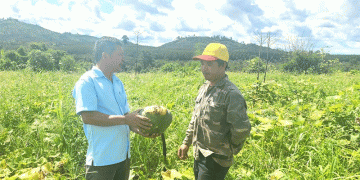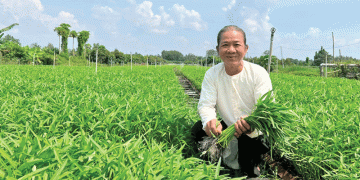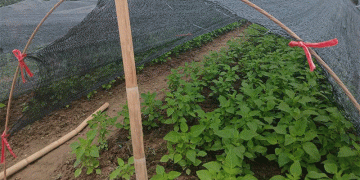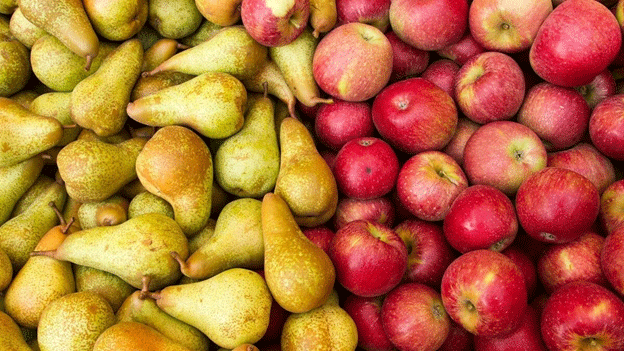In late March, apple and pear producers, industry associations, and government representatives from France, Italy, and Spain gathered in Avignon, France, for the Contact Group on Pome Fruits, organized by FEPEX (Spanish Federation of Fruit and Vegetable Producers and Exporters). The annual meeting focused on reviewing the current season’s progress, analyzing market developments, and addressing rising phytosanitary and regulatory challenges affecting the EU’s competitive position in global markets.
Production Snapshot: Stability Amid Regional Specificities
According to the Spanish Ministry of Agriculture (MAPA), Spain’s apple production during the 2023/24 season (Sept 2023–Aug 2024) reached 527,680 tonnes, comprising:
- 404,450 tonnes of fresh market (table) apples
- 123,230 tonnes of cider and processing apples
Spain’s pear production stood at 288,030 tonnes, with the majority concentrated in Catalonia, Aragon, and Castile and León. Apple orchards in Spain covered 28,410 hectares, while pear orchards accounted for 18,460 hectares.
In comparison:
- Italy led the group with an impressive 2.3 million tonnes of apples produced in 2023/24, largely from South Tyrol and Trentino.
- France followed with 1.8 million tonnes, with Nouvelle-Aquitaine and Provence-Alpes-Côte d’Azur among the top producing regions.
These figures place the three countries at the heart of EU pome fruit production, supplying both domestic and export markets across Europe and beyond.
Phytosanitary Pressures and Competitive Disadvantages
One of the key concerns raised during the meeting was the increasing restriction on pesticide use under the EU’s Farm to Fork strategy and Green Deal, which aim to reduce pesticide use by 50% by 2030. While these policies are intended to promote sustainability, EU producers argue that such restrictions put them at a competitive disadvantage compared to third-country exporters, whose products often do not meet the same strict requirements.
Joan Serentill, Vice President of FEPEX and President of the Apple and Pear Committee, highlighted this issue during the session. He emphasized the need for a level playing field, where imported products are held to the same phytosanitary and traceability standards as European-grown fruit. Without this, EU growers face economic pressures that threaten long-term sustainability and profitability.
Market Outlook and Challenges
Despite stable production, market conditions remain volatile. Rising input costs, fluctuating consumer demand, and the ongoing effects of climate variability (such as unpredictable frosts and droughts) continue to affect yields and quality. The group also discussed increasing consumer demand for residue-free and organic fruit, which, while promising, requires investment in alternative pest management strategies.
Meanwhile, the EU remains a key global supplier of apples and pears. According to Eurostat, the EU exported over 1 million tonnes of apples in 2023, with main markets including Egypt, the UK, and Saudi Arabia. However, maintaining this momentum will require both policy alignment and technological innovation at the production level.
The pome fruit sector in France, Italy, and Spain is stable in terms of volume, but it is entering a critical phase of regulatory adaptation. Producers are increasingly required to balance productivity with sustainability, while navigating a global market that doesn’t always follow the same rules. The Avignon meeting underscores the urgency of EU-wide dialogue on pesticide standards, import regulations, and support for innovation—if Europe’s apple and pear growers are to remain competitive and resilient in the years ahead.
